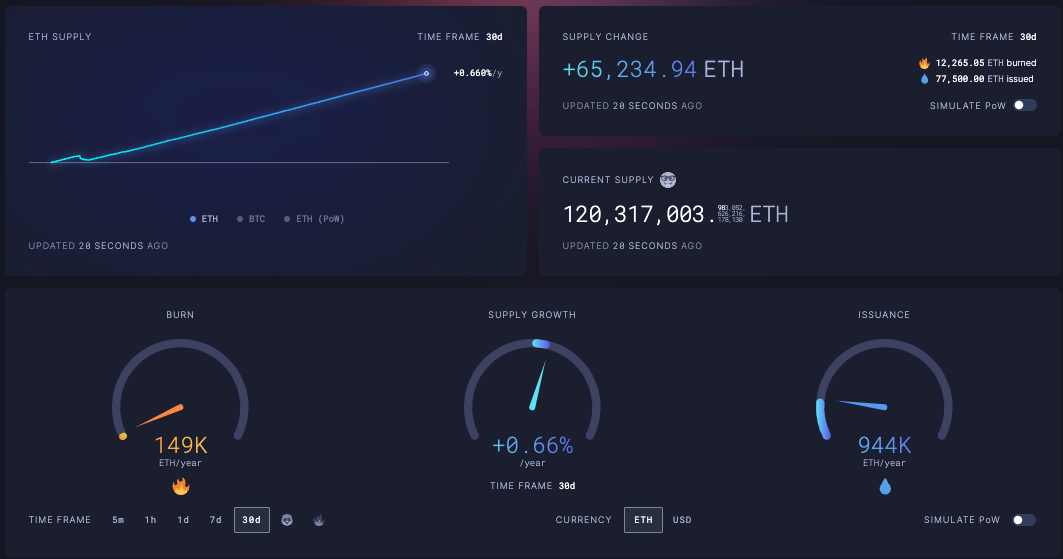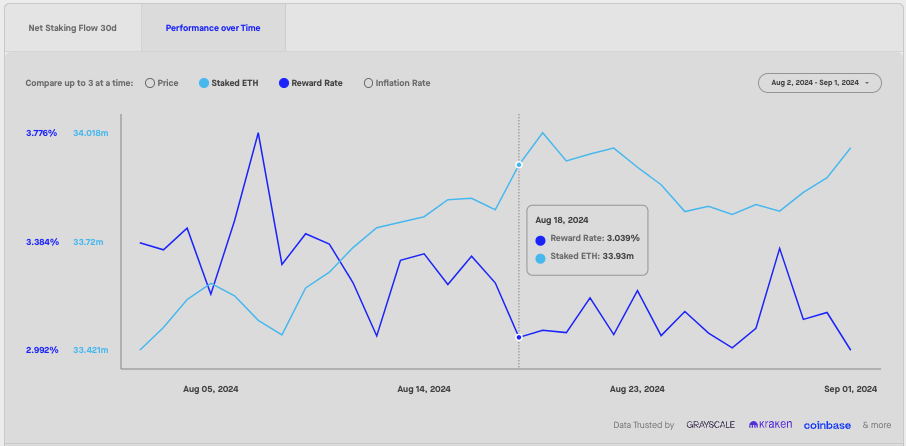This dashboard provides a comprehensive analysis of Ethereum's fee structure and its relationship with specific Layer 2 (L2) solutions. The dashboard focuses on four key L2 networks: Arbitrum, Optimism, Blast, and Base. These networks were selected for analysis because they collectively represent 76% of the total value secured across all L2 solutions, making them highly representative of the broader L2 ecosystem.
The dashboard is structured to explore the following key areas:
Ethereum Fee Sources: An overview of where Ethereum's fees originate, breaking down the various types of that contribute to the network's fee revenue.
L2 Fee Capture: Analysis of fees captured by the selected L2 solutions (Arbitrum, Optimism, Blast, and Base), providing insights into how these compare with Ethereum's main chain fees.
Activity Metrics: Exploration of the transaction volume and user activity on these specific L2 networks resulting from their fee structures, offering a view of the economic value being generated on these platforms.
Ethereum Token Economics: Investigation of how different levels of fees pushed back to the Ethereum token (through burns or staking rewards) might impact the network's overall economic model.
L2 Economic Projections: Estimates of the activity levels and economic value that these L2 solutions would need to achieve to justify various fee structures and their impact on Ethereum's tokenomics. These projections are then extrapolated to provide insights into the potential future of the broader L2 ecosystem.


Ethereum's current economic model and the potential impact of L2 growth:
Currently, Ethereum's validator reward structure and fee burning mechanism operate as follows:
Approximately 90,000 ETH ($226.5 million) is given as rewards to validators monthly
77,000 ETH ($193.8 million) comes from issuance
~13,000 ETH ($32.7 million) comes from gas fees
An additional 12,000 ETH ($30.2 million) is burned monthly at the current rate
This results in about 25,000 ETH ($62.9 million) spent in gas fees monthly
Of these gas fees, only about 200-400 ETH ($503,400-$1,006,800) comes from blob fees, representing merely 1.2% of total Ethereum fees
To significantly increase the impact of blob fees on Ethereum's economics, substantial growth in L2 activity is required. Let's consider two scenarios:
Blob fees contributing 25% of current Ethereum network fees: To generate 7,500 ETH ($18.88 million) monthly from blob fees, L2 networks would need to:
Scale from the current 30 million to approximately 625 million daily transactions (20x increase)
Generate between 166,667 ETH ($419.5 million) and 1,500,000 ETH ($3.78 billion) in monthly fees, depending on the blob fee ratio (4.5% to 0.5% respectively) This growth would require significant expansion in L2 adoption, including more L2 solutions, increased user adoption, and higher transaction throughput per L2.
Fully counteracting monthly ETH issuance through blob fees: To offset the 77,000 ETH ($193.8 million) monthly issuance, L2 networks would need to:
Process approximately 6.4 billion daily transactions (213x current levels)
Generate between 1.7 million ETH ($4.28 billion) and 15.4 million ETH ($38.76 billion) in monthly fees